Introduction
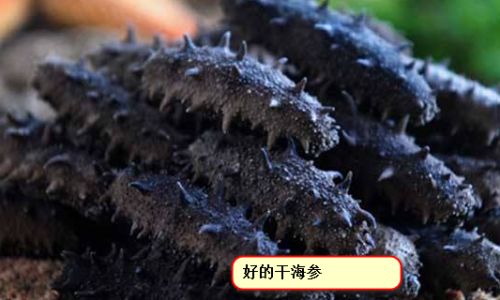
Sea cucumbers, scientifically known as holothurians, are marine invertebrates that have been valued for their nutritional and medicinal properties for centuries. In many cultures, they are considered a delicacy and a symbol of luxury due to their unique texture and rich flavor. However, like any other food item, sea cucumbers can spoil if not handled or stored properly. Identifying whether sea cucumbers have gone bad is crucial to avoid food poisoning and ensure the best culinary experience. This article aims to provide a comprehensive guide on how to determine if sea cucumbers have deteriorated in quality, covering various aspects such as appearance, smell, texture, and storage conditions.
Understanding Sea Cucumbers
Before diving into the signs of spoilage, it’s essential to understand the basic characteristics of sea cucumbers. These marine creatures come in various shapes and sizes, ranging from small, slender species to large, thick ones. Their bodies are covered with a tough, rubbery skin that protects them from predators and environmental stressors. Inside, they contain a gelatinous substance known as body wall, which is highly prized for its nutritional benefits.
Sea cucumbers are typically caught or farmed and then processed for consumption. This processing can involve drying, salting, or freezing to extend their shelf life. The method of preservation determines how long sea cucumbers can be stored and how their quality changes over time.
Signs of Spoilage
Determining if sea cucumbers have gone bad involves assessing several factors. Here’s a detailed look at each:
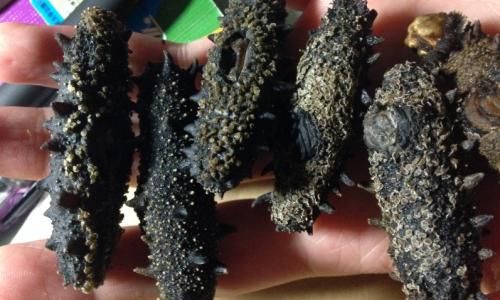
Appearance
One of the first signs of spoilage in sea cucumbers is a change in their appearance. Fresh sea cucumbers have a smooth, firm skin with a consistent color, which can range from light beige to dark brown, depending on the species. As they begin to spoil, the skin may develop cracks, wrinkles, or discoloration. Dark spots, mold, or slimy patches are indicative of bacterial growth and should be considered signs of spoilage.
If you’re dealing with dried sea cucumbers, look for signs of moisture absorption or mold growth. Dried products should remain dry and free from any visible moisture. Any signs of dampness or discoloration indicate that the sea cucumbers may have been improperly stored or have started to deteriorate.
Smell
The smell of sea cucumbers can also provide valuable insights into their freshness. Fresh sea cucumbers have a mild, oceanic scent, which is not unpleasant. However, as they spoil, bacteria begin to break down the proteins and fats within the body wall, producing offensive odors. These odors can range from a strong fishy smell to a sour, ammonia-like aroma. If you notice any unpleasant smells, it’s best to discard the sea cucumbers immediately.
For dried sea cucumbers, the smell should be faint and somewhat earthy. Any strong, unpleasant odors suggest that the product has lost its freshness and should not be consumed.

Texture
The texture of sea cucumbers is another critical indicator of their quality. Fresh sea cucumbers have a firm, elastic texture, with the body wall feeling plump and moist. As they spoil, the texture becomes softer and more flabby, indicating the breakdown of internal structures. In extreme cases, the body wall may even start to disintegrate.
Dried sea cucumbers should maintain a certain degree of firmness, even after rehydration. If they feel mushy or overly soft, it’s a sign that they have lost their structural integrity and may have been stored improperly.
Storage Conditions
The storage conditions of sea cucumbers play a crucial role in determining their shelf life and overall quality. Proper storage involves keeping them at the correct temperature and humidity levels to prevent bacterial growth and moisture absorption.
For fresh sea cucumbers, refrigeration is essential. They should be stored in airtight containers or wrapped tightly in plastic wrap to prevent dehydration and cross-contamination. The ideal temperature for storing fresh sea cucumbers is between 2°C and 4°C (35.6°F and 39.2°F). Any longer exposure to warmer temperatures can accelerate spoilage.
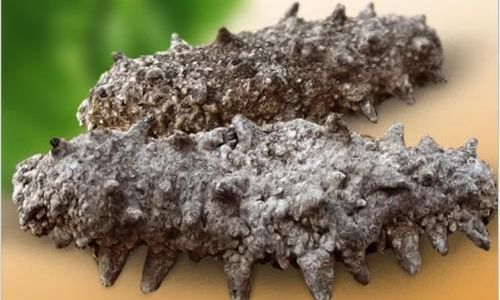
Dried sea cucumbers require a dry, cool environment to maintain their quality. They should be stored in airtight containers in a cool, dark place, away from direct sunlight and heat sources. High humidity and temperature fluctuations can lead to moisture absorption and the growth of mold, which will compromise the product’s quality.
Handling and Preparation
Proper handling and preparation practices can also help in identifying and preventing spoilage. When purchasing sea cucumbers, always check the packaging for any signs of damage or leakage. If you’re buying fresh ones, look for vendors who can guarantee the freshness and origin of their products.
When preparing sea cucumbers, ensure that you thoroughly clean them to remove any sand, dirt, or salt. This step is particularly important for dried sea cucumbers, which may have absorbed impurities during the drying process. Soak them in clean water for several hours or overnight to rehydrate them before cooking.
During cooking, pay attention to the cooking time and temperature. Overcooking can lead to a loss of texture and flavor, while undercooking may not kill potential bacteria present in the sea cucumbers. Follow recipes closely and use reliable cooking methods to ensure the best results.
Conclusion

In conclusion, determining if sea cucumbers have gone bad involves a combination of visual, olfactory, and tactile assessments. By paying attention to their appearance, smell, texture, and storage conditions, you can make informed decisions about their suitability for consumption. Proper handling and preparation practices, along with careful storage, can help extend the shelf life of sea cucumbers and ensure that you enjoy their unique flavor and nutritional benefits.
Remember, when it comes to food safety, it’s always better to err on the side of caution. If you have any doubts about the freshness of your sea cucumbers, discard them immediately to avoid potential health risks. With the right knowledge and practices, you can enjoy this marine delicacy safely and delight in its unique culinary offerings.
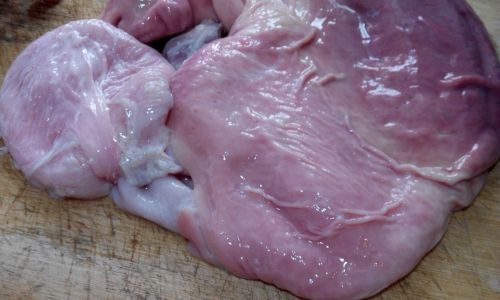
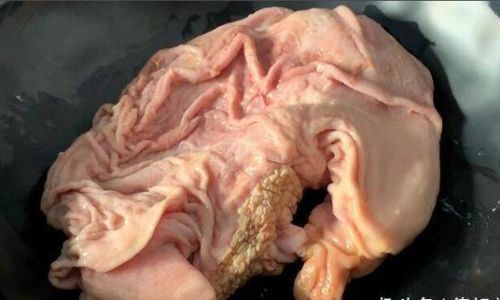

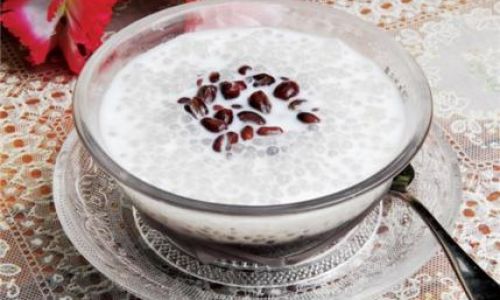


0 comments